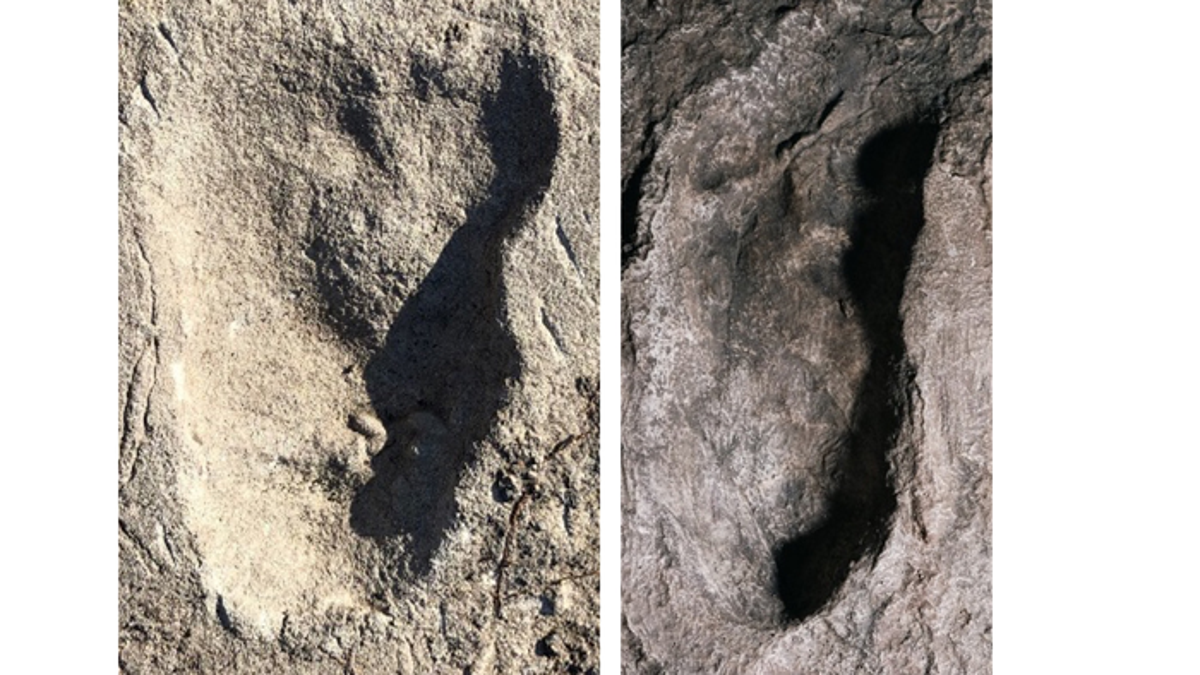)
Skeleton Dating Back to 4.4 Million Years Ago Gives New Insights into Human's Locomotive Evolution
News 18The theory of human evolution postulates that modern homo sapiens’ ancestors were ancient apes. The team of four scientists — Thomas C. Prang, Kristen Ramirez, Mark Grabowski, and Scott A. Williams studied the skeletal remains of Ardipithecus ramidus, also known as Ardi,which dated back to 4.4 million years old. Comparing the shape of Ardi’s hand to several other hand specimens of recent humans, apes, and monkeys which was measured from bones in museum collections around the world, the researchers made comparisons of the kind of locomotor actions used by the earliest hominids or fossil human relatives. Thomas further said that their study additionally found evidence for a big evolutionary leap between the kind of hand represented by Ardi and all later hominin hands, including that of a famous 3.2 million-year-old well-preserved skeleton found in the same area in the 1970s. Studying the ancient skeleton, researchers believe that it might retain skeletal features that were present in the last common ancestor of humans and chimpanzees and if that is the case, then it could provide researchers a great insight into placing the origin of the human lineage, in addition to upright walking, into a better light.
History of this topic

1.5 million-years-old footprints reveal unknown secret about human species
India TodayMuddy footprints suggest 2 species of early humans were neighbors in Kenya 1.5 million years ago
Associated PressDiscover Related




















)
)


)